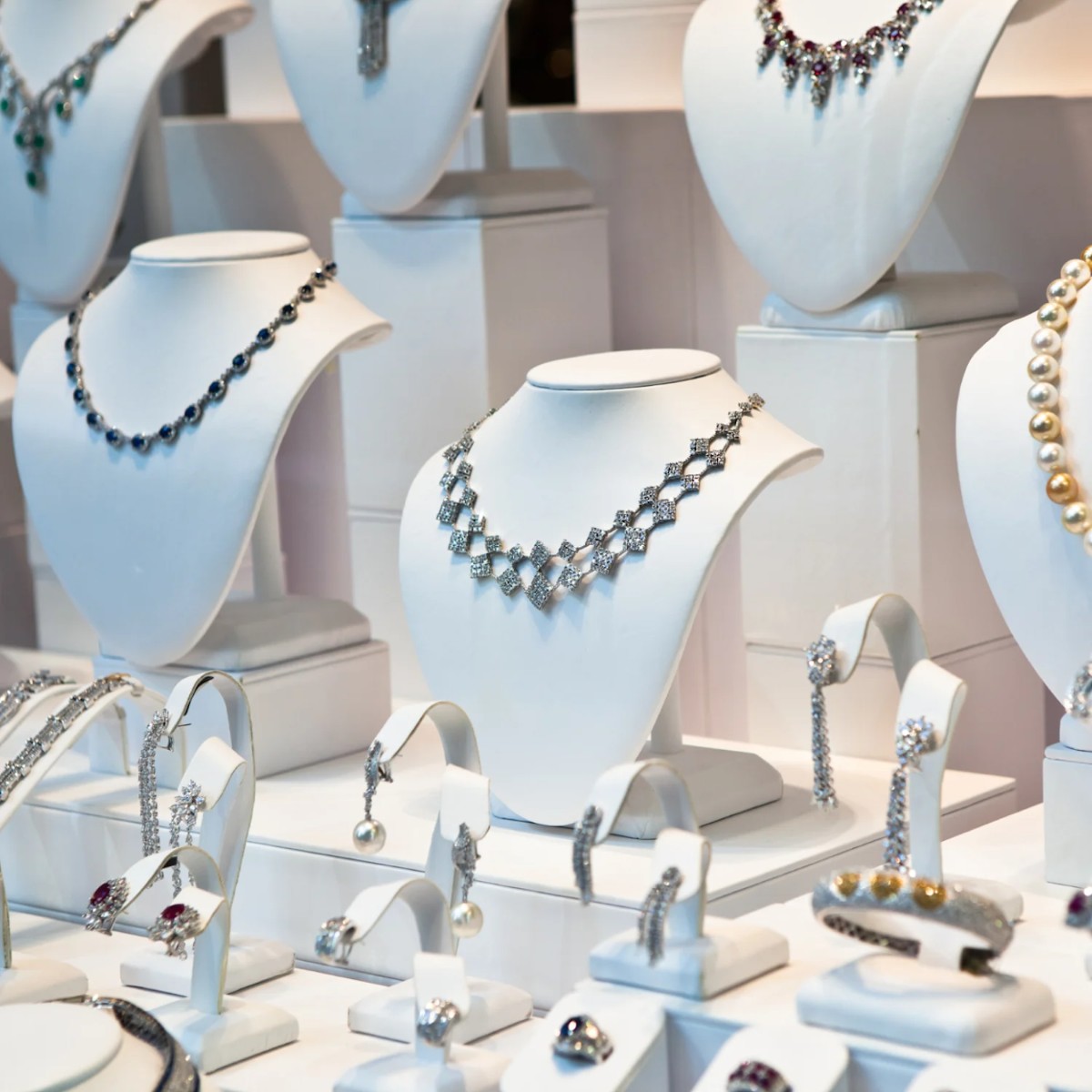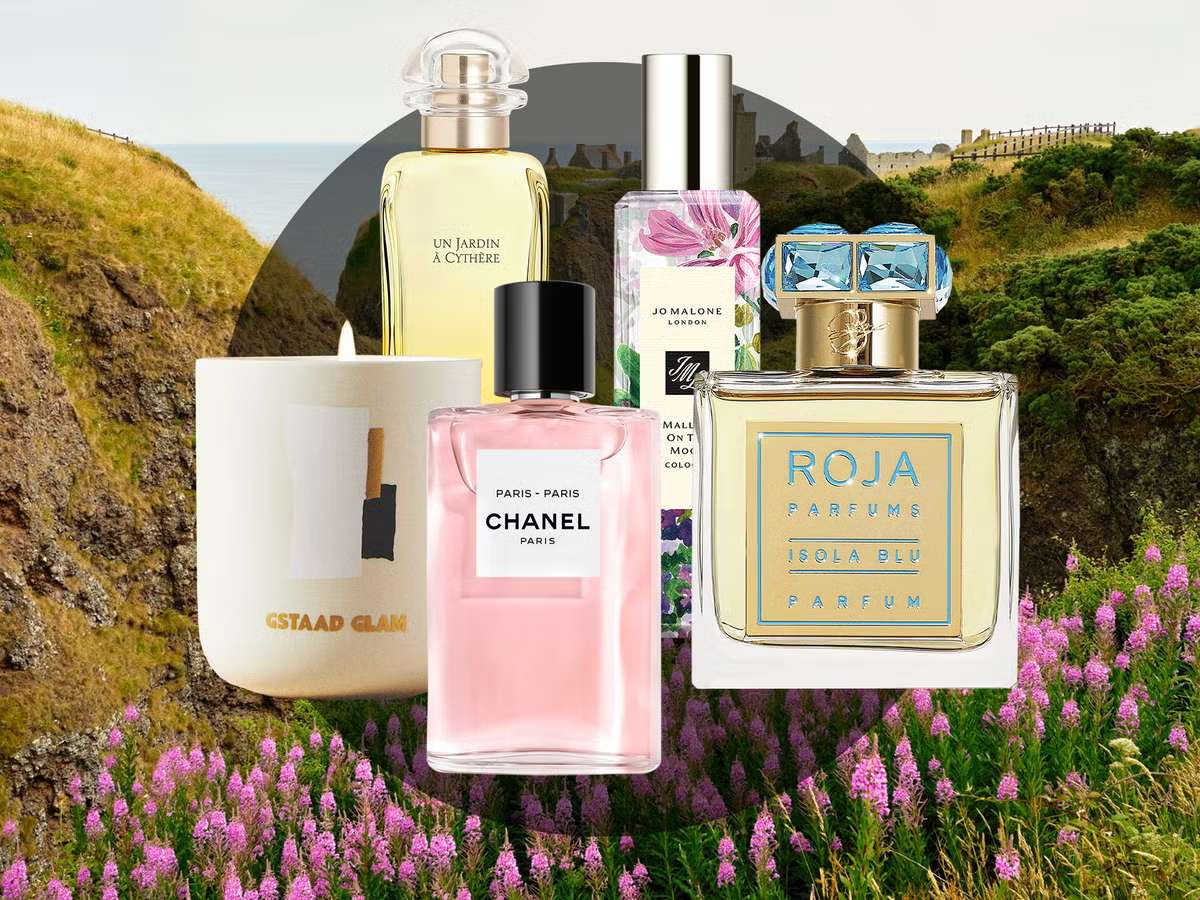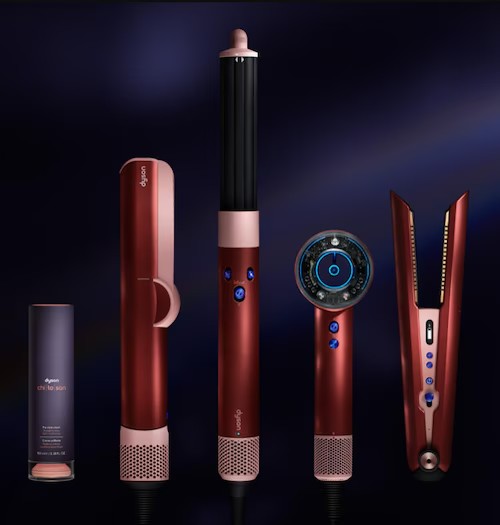
Jewelry
The ancient Egyptians were truly passionate about ornamentation and in love with design, leading to a true revolution in all things ornamental. Their custom of burying their pharaohs and priests with all their belongings, including their jewelry, has allowed us to gain a perfect understanding of their technology and the materials they used most. What they do make abundantly clear is that, in addition to loving jewelry for its beauty, they imbued it with spiritual values and meanings, making it an essential amulet for its wearer.
They came to identify each mineral with a different god, the best known being the Sun god, directly associated with gold, or the god Hathor, who was also closely associated with copper.
Egyptian jewelers or goldsmiths used a wide variety of precious or semiprecious stones, including amethyst, carnelian, jasper, or onyx, as well as lapis lazuli, turquoise, and quartz.
Silver and gold alternated in importance depending on availability. Silver was often scarcer than gold, making it more valuable at the time.
One of the most popular representations of this period is the sacred scarab carved in turquoise, or lapis lazuli. This scarab, which represented rebirth and regeneration at sunrise, was used as an amulet in all types of jewelry. Pendants, earrings, and seals were the most common, not to mention diadems, bracelets, and necklaces. It was very common to wear two bracelets on each arm, one on the wrist and the other tightly woven above the elbow.







